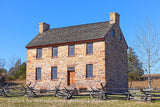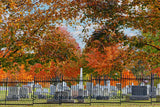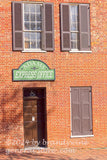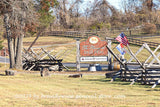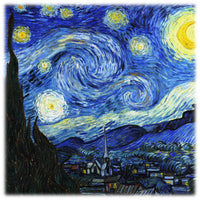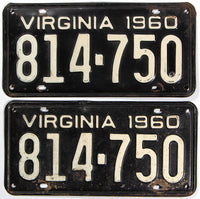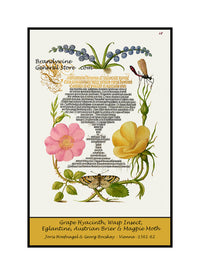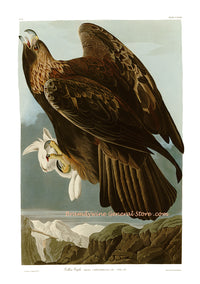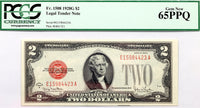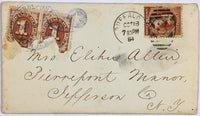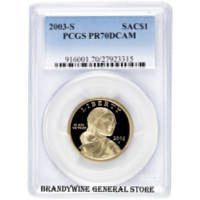Roseate Spoonbill by John James Audubon Art Print
An archival premium Quality Art Print of the roseate spoonbill as drawn by John James Audubon for sale by Brandywine General Store. This artwork was for his ornithology masterpiece - The Birds of America - which was published in the 19th century. This bird was the 321st picture in the Havell first edition of this epic tome. Audubon shows a young male adult in a swampy area in this print. Platalea Ajaja - Audubon says of the roseate spoonbill "The Roseate Spoonbill is found for the most part along the marshy and muddy borders of estuaries, the mouths of rivers, ponds, or sea islands or keys partially overgrown with bushes, and perhaps still more commonly along the shores of those singular salt-water bayous so abundant within a mile or so of the shores, where they can reside and breed in perfect security in the midst of an abundance of food. It is more or less gregarious at all seasons, and it is rare to meet with fewer than half a dozen together, unless they have been dispersed by a tempest, in which case one of them is now and then found in a situation where you would least expect it. At the approach of the breeding season, these small flocks collect to form great bodies, as is the manner of the Ibises, and resort to their former places of residence, to which they regularly return, like Herons. During the moult, which takes place in Florida late in May, the young of the preceding year conceal themselves among the close branches of the mangroves and other trees growing over narrow inlets, between secluded keys, or on bayous, where they spend the whole day, and whence it is difficult to start them. Toward night they return to their feeding grounds, generally keeping apart from the old birds. In the same country the old birds pass through their spring moult early in March, after which they are truly beautiful, presenting the appearance which I have attempted to represent in the late before you. The sight of a flock of fifteen or twenty of these full-dressed birds is extremely pleasing to the student of nature, should be conceal himself from their view, for then he may observe their movements and manners to advantage. When the sun is shining, and they are wheeling on wing previous to alighting, their roseate tints exhibit a richer glow, which is surpassed only by the brilliancy of the Scarlet Ibis and American Flamingo." Audubon Birds art print #321



